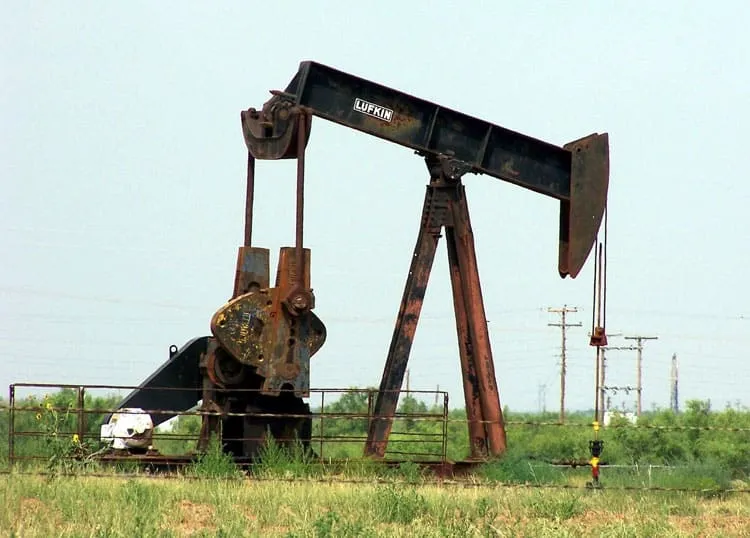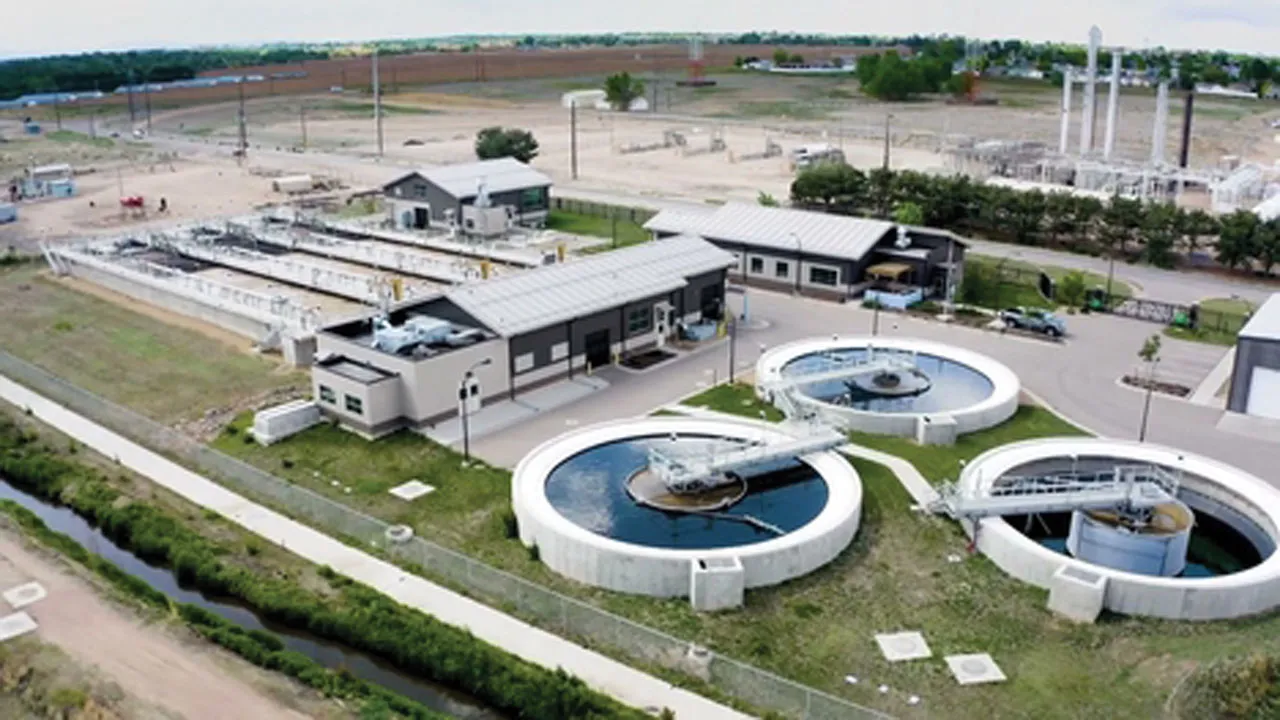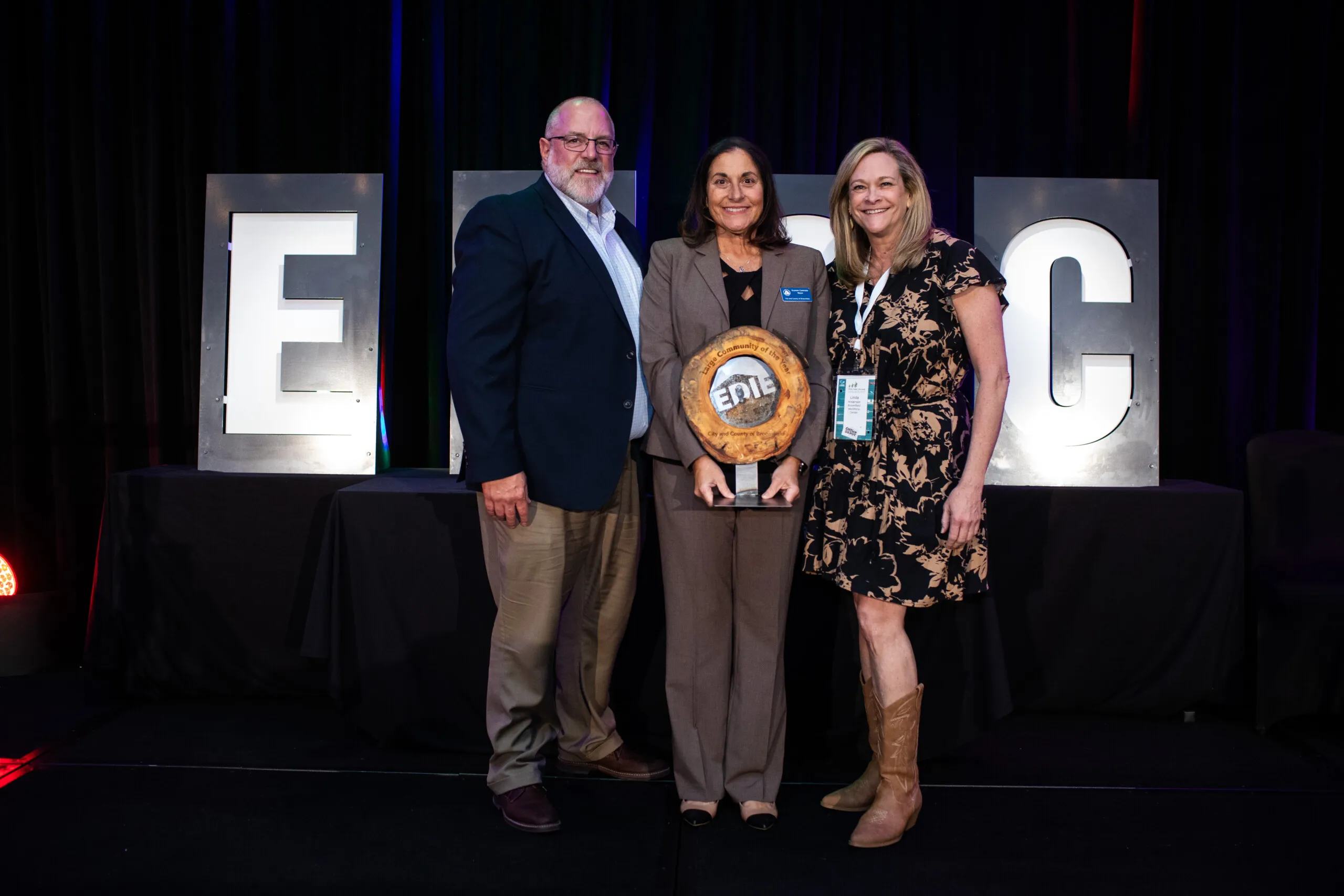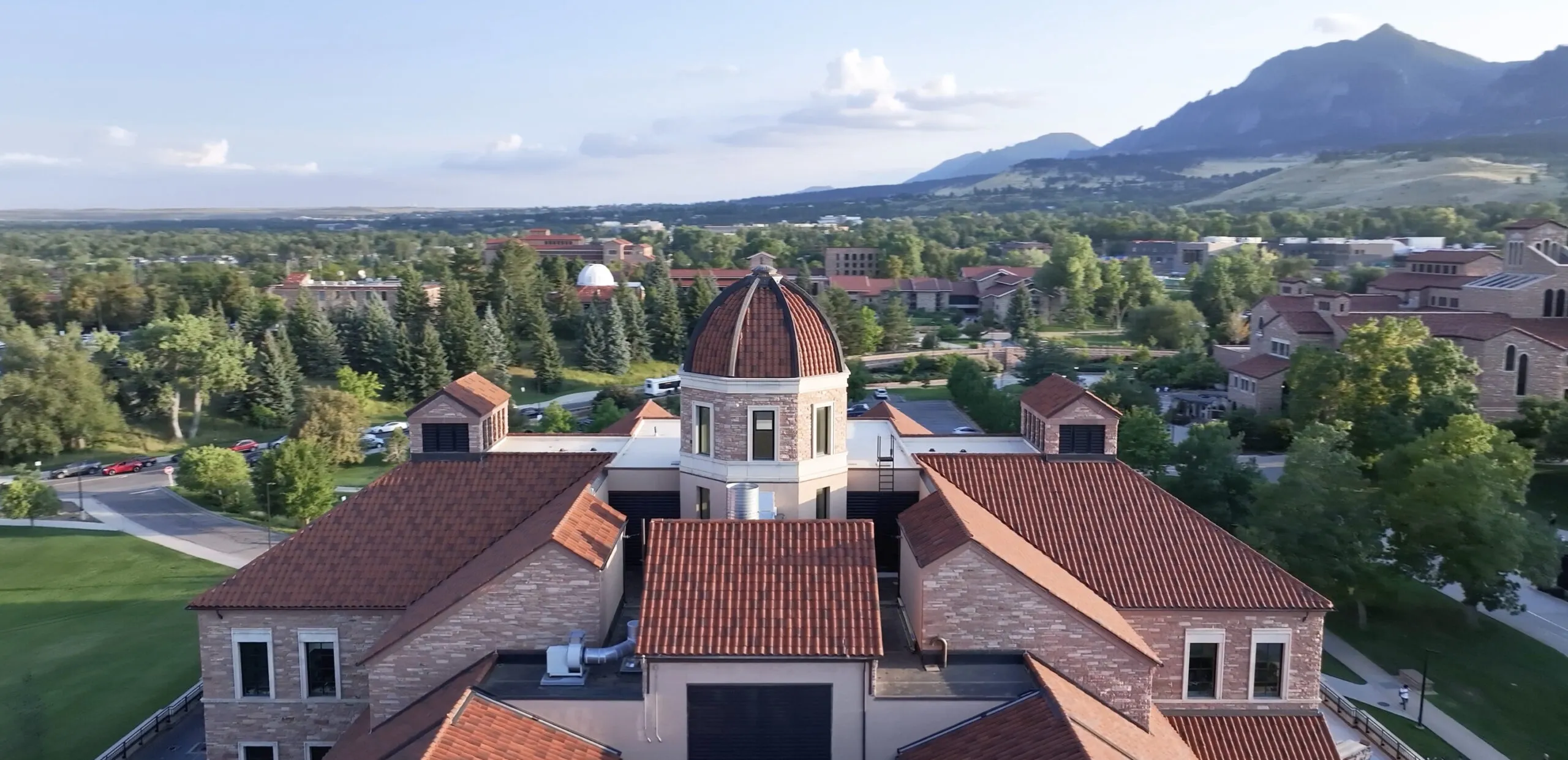Study: Costs mount as O&G setbacks exceed 1,500 feet

BOULDER and GOLDEN — Increasing setbacks between oil wells and buildings or waterways result in modest cost increases and revenue losses for the oil and gas industry up to about 1,500 feet, but escalate rapidly as setbacks go beyond that distance, according to a new report.
Researchers at the University of Colorado Boulder and the Colorado School of Mines at Golden determined that an annual resource revenue loss of about $4.5 billion per year would result if the setback distance was 2,500 feet, which is what Proposition 112 would have required if it had passed in 2018; it failed…
THIS ARTICLE IS FOR SUBSCRIBERS ONLY
Continue reading for less than $3 per week!
Get a month of award-winning local business news, trends and insights
Access award-winning content today!




